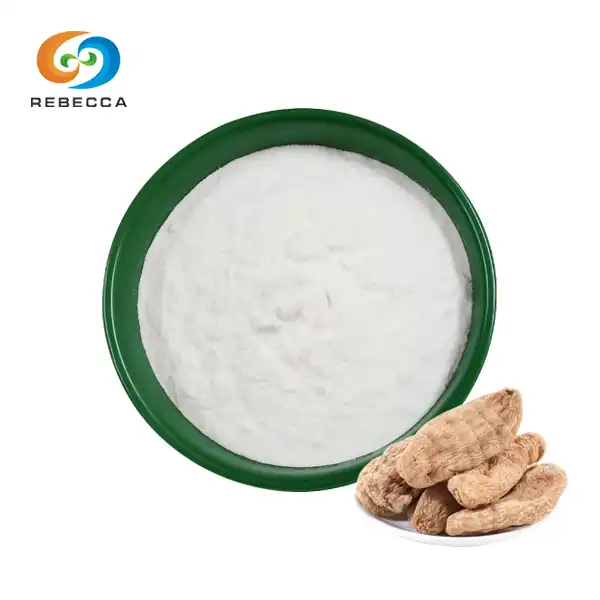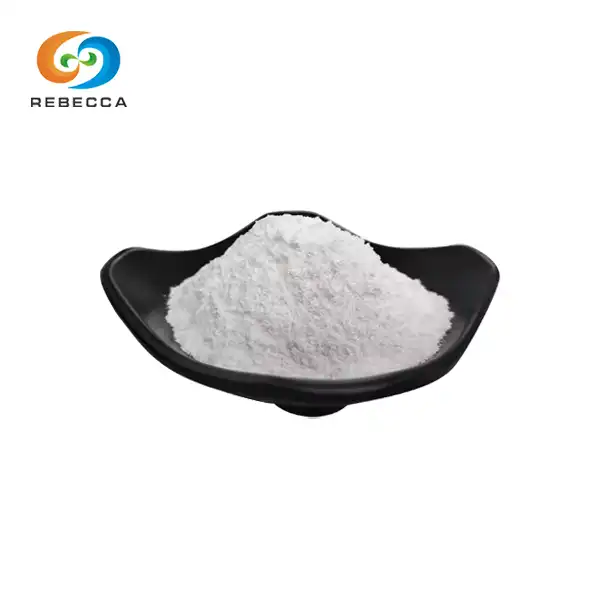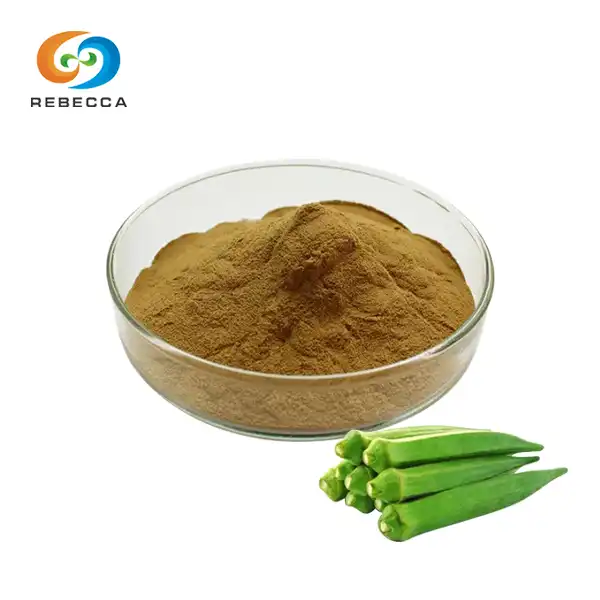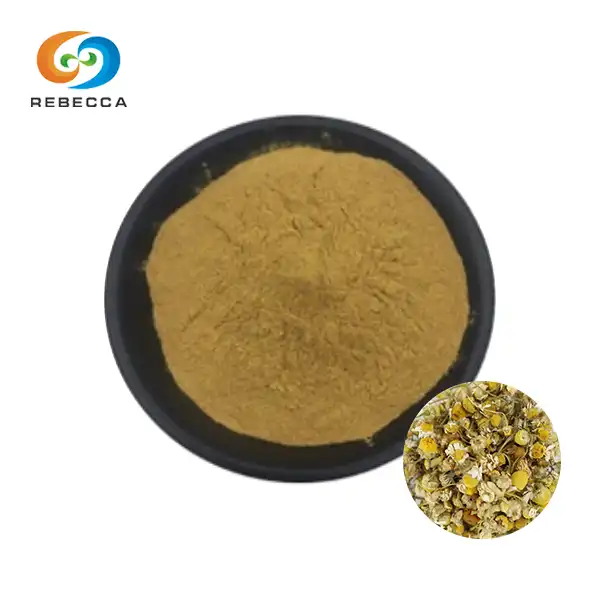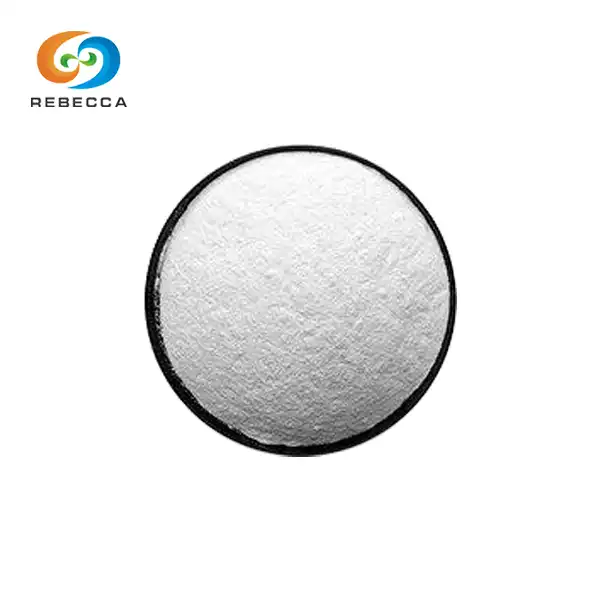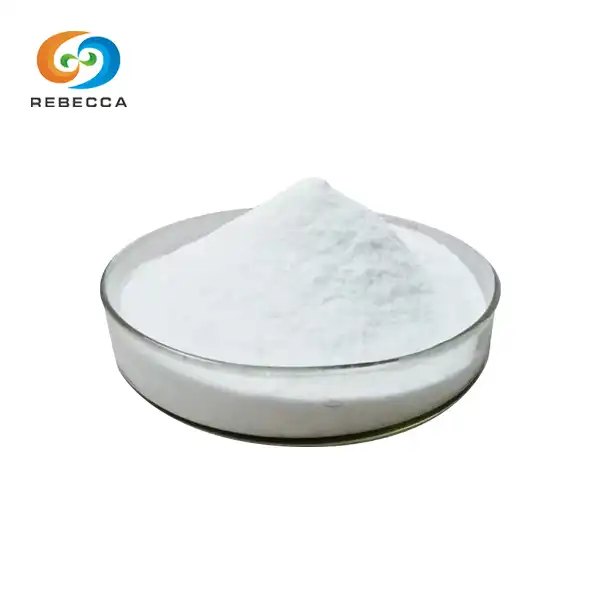What's the difference between turmeric and turmeric curcumin?
Turmeric and turmeric curcumin are frequently mistaken for one another, yet they are not identical. Turmeric is a radiant yellow spice sourced from the root of the Curcuma longa plant, indigenous to Southeast Asia. It has been utilized for centuries in culinary practices and traditional healing. Conversely, curcumin is the principal active ingredient present in turmeric, accountable for numerous health advantages and its distinctive yellow hue. Although turmeric contains curcumin, it's significant to realize that curcumin comprises only about 2-5% of turmeric's makeup. This is why a plethora of health aficionados and scientists emphasize curcumin extracts, which provide a more potent version of this compound. Turmeric extract and curcumin powder are sought-after supplements that deliver greater amounts of curcumin than one would typically obtain from eating turmeric in meals. Some products even contain curcumin at 95%, representing a highly refined version of the compound. Recognizing this difference is vital for those looking to enhance the potential health benefits.
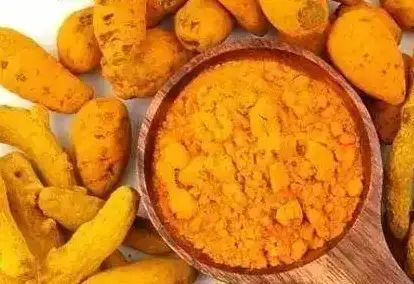
Composition
Turmeric's Complex Makeup
Turmeric is a complex spice with a rich array of compounds. While curcumin is the star player, it's far from the only component. Turmeric contains over 300 naturally occurring components, including other curcuminoids, volatile oils, proteins, resins, and various minerals. These elements work synergistically, contributing to turmeric's overall health benefits and culinary properties.
Curcumin: The Golden Compound
Curcumin, scientifically known as diferuloylmethane, is the principal curcuminoid found in turmeric. It's a polyphenol with powerful anti-inflammatory and antioxidant properties. When we talk about curcumin 98%, we're referring to extracted and concentrated forms of this compound. These products aim to deliver higher doses of curcumin than what's naturally present in turmeric.
Other Notable Components
Beyond curcumin, turmeric contains other beneficial compounds. These include demethoxycurcumin and bisdemethoxycurcumin, which are also curcuminoids. Additionally, turmeric contains essential oils like turmerone, atlantone, and zingiberene, which contribute to its aromatic profile and potential health benefits. These components, while often overlooked, play a role in the overall efficacy of turmeric extract.

Curcumin Content
Natural Curcumin Levels in Turmeric
In its natural form, turmeric contains relatively low levels of curcumin. Typically, the curcumin content in raw turmeric root ranges from 2% to 5%. This means that consuming turmeric as a spice, while beneficial, may not provide substantial amounts of curcumin. For those seeking higher doses for specific health purposes, this natural limitation has led to the development of concentrated extracts and supplements.
Concentrated Curcumin Products
To address the low natural curcumin content in turmeric, manufacturers have developed various concentrated products. Turmeric extract typically contains a higher percentage of curcumin than raw turmeric, often ranging from 95% to 98% curcuminoids. For those seeking even higher purity, curcumin 98% products are available. These highly refined powders offer maximum potency and are often used in research or for specific therapeutic purposes.
Bioavailability Challenges and Solutions
While curcumin is a potent compound, its bioavailability – the body's ability to absorb and utilize it – is naturally low. This challenge has spurred innovation in the supplement industry. Many curcumin powders now include ingredients like piperine (from black pepper) or are formulated as liposomal preparations to enhance absorption. Some advanced turmeric extracts also employ technologies to improve bioavailability, ensuring that the body can make the most of the curcumin content.
Uses
Culinary Applications
Turmeric has been a staple in kitchens across the globe for centuries. Its earthy flavor and vibrant color make it a versatile spice in various cuisines. From curries and rice dishes to smoothies and golden milk, turmeric adds depth and character to foods. While primarily used for its flavor and color, the curcumin in culinary turmeric also offers subtle health benefits. However, for those looking to harness the full potential of curcumin, dietary intake alone may not suffice, leading many to turn to supplements or extracts.
Medicinal and Supplement Use
The medicinal use of turmeric dates back thousands of years in traditional medicine systems like Ayurveda. In modern times, the focus has shifted more towards curcumin for its potent health properties. Turmeric extract and curcumin powder are widely used as dietary supplements. They're touted for their anti-inflammatory and antioxidant properties, with potential benefits for conditions ranging from arthritis to digestive issues. High-purity products like curcumin 98% are often used in clinical settings or for research purposes, where precise dosing and potency are crucial.
Cosmetic and Topical Applications
Both turmeric and curcumin have found their way into the beauty and skincare industry. Turmeric has long been used in traditional beauty rituals, particularly in South Asian cultures. Nowadays, turmeric extract and curcumin are consolidated into different cosmetic items, from confront veils to anti-aging creams. The antioxidant properties of curcumin are accepted to offer assistance combat skin harm and advance a solid gleam. A few topical applications moreover use curcumin's anti-inflammatory impacts for conditions like skin break out or skin inflammation. Be that as it may, it's vital to note that the viability of topical curcumin can shift, and more investigate is required in this area.
While turmeric and turmeric curcumin are closely related, they offer distinctive benefits and applications. Understanding these contrasts can offer assistance customers make educated choices around which item best suits their needs, whether for culinary, wellbeing, or restorative purposes. As inquire about proceeds to reveal the potential of these surprising substances, we can anticipate to see indeed more inventive employments and details in the future.
Looking for top-quality curcumin? Rebecca is here for you! As a leading curcumin manufacturer in China, we produce over 30,000 kilograms of high-grade curcumin annually, designed to meet diverse industry needs. From supplements to pharmaceuticals, our curcumin ensures consistency, purity, and outstanding performance.
We’re excited to collaborate with you and support your success. Let’s talk about how Rebecca can be the perfect fit for your curcumin requirements. Send us an email at information@sxrebecca.com—we’re ready to answer your questions and provide all the details you need.

References
- Prasad S, Aggarwal BB. Turmeric, the Golden Spice: From Traditional Medicine to Modern Medicine. In: Herbal Medicine: Biomolecular and Clinical Aspects. 2nd edition. CRC Press/Taylor & Francis; 2011.
- Hewlings SJ, Kalman DS. Curcumin: A Review of Its' Effects on Human Health. Foods. 2017;6(10):92.
- Kocaadam B, Şanlier N. Curcumin, an active component of turmeric (Curcuma longa), and its effects on health. Critical Reviews in Food Science and Nutrition. 2017;57(13):2889-2895.
- Stohs SJ, Chen O, Ray SD, et al. Highly Bioavailable Forms of Curcumin and Promising Avenues for Curcumin-Based Research and Application: A Review. Molecules. 2020;25(6):1397.
- Gupta SC, Patchva S, Aggarwal BB. Therapeutic Roles of Curcumin: Lessons Learned from Clinical Trials. AAPS J. 2013;15(1):195-218.
- Vaughn AR, Branum A, Sivamani RK. Effects of Turmeric (Curcuma longa) on Skin Health: A Systematic Review of the Clinical Evidence. Phytotherapy Research. 2016;30(8):1243-1264.
